 Today’s big news is that HP is dropping Siebel CRM now owned by Oracle in favor of Salesforce.com.
Today’s big news is that HP is dropping Siebel CRM now owned by Oracle in favor of Salesforce.com.
It’s a bit unfortunate that this is presented in the context of personal ego wars – unfortunate, but understandable, considering that Oracle has been on a warpath with HP ever since former CEO Hurd got ousted, in fact they launched a global manhunt for incoming HP CEO Leo Apotheker. But ego clashes make good stories. ![]()
That said, the real story …

(Cross-posted @ CloudAve » Zoli Erdos)

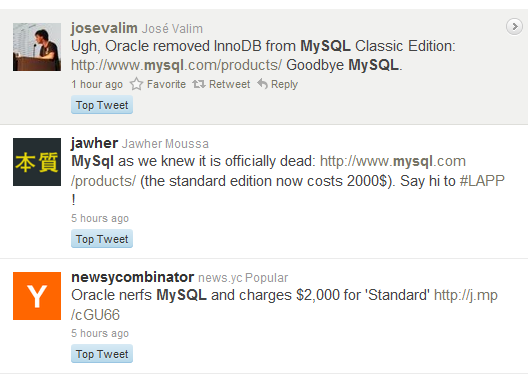




![Reblog this post [with Zemanta]](https://www.zoliblog.com/wp-content/uploads/HLIC/54e6a3db43b098ecbf5db09e027cb1c1.png)



 Thingamy could possibly be a handy tool for consultants, system integrator firms – but they all have their own army of programmers, toolsets..etc, which makes it an awfully hard sell, IMHO.
Thingamy could possibly be a handy tool for consultants, system integrator firms – but they all have their own army of programmers, toolsets..etc, which makes it an awfully hard sell, IMHO.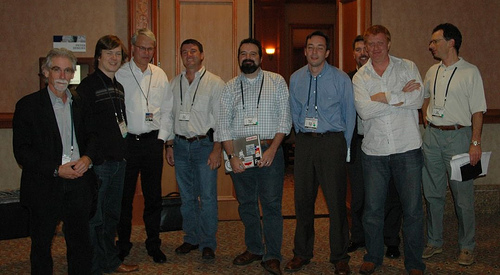
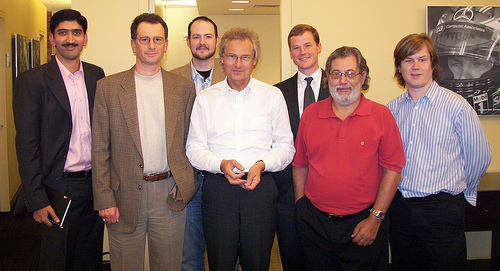
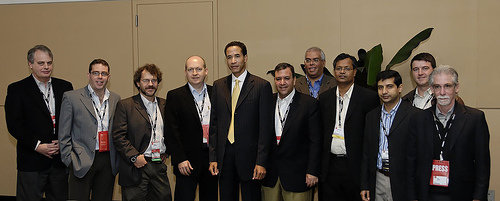


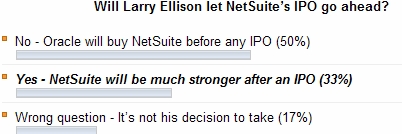



Recent Comments